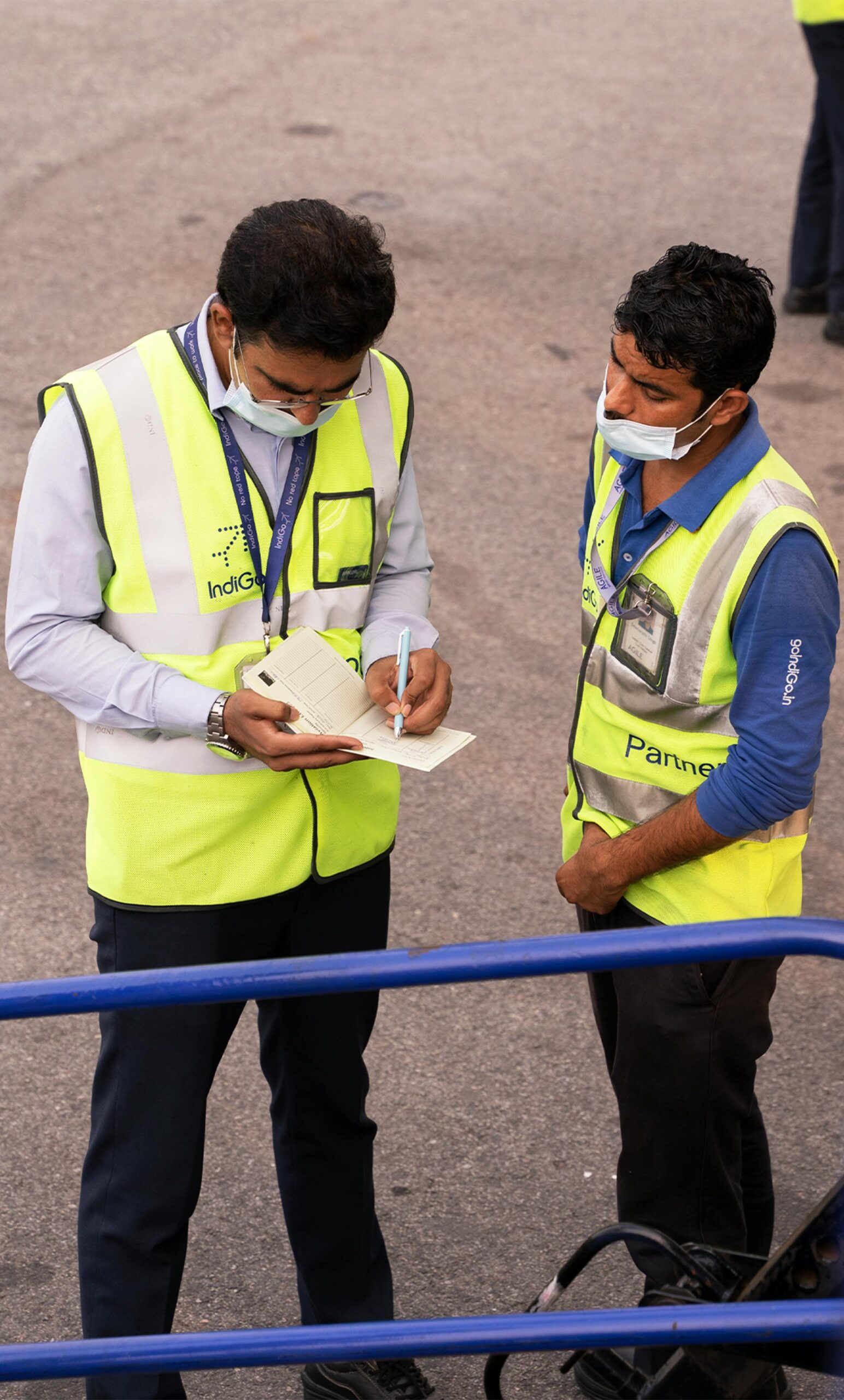In the complex world of aviation, the collection and analysis of aircraft data play a critical role in ensuring safety, efficiency, and continual improvement in the industry. The data gathered from various sources is used to monitor performance, anticipate maintenance needs, optimize fuel use, and enhance the overall passenger experience. But how is this data collected? Let’s dive into the sophisticated systems and technologies involved in this process.
**Flight Data Recorders (FDRs)**
One of the most well-known tools for collecting aircraft data is the Flight Data Recorder (FDR), often referred to as the ‘black box’. FDRs are designed to record multiple parameters of flight data, including altitude, airspeed, and heading, as well as pilot inputs and engine information. This data is crucial for investigating accidents and improving future safety standards. FDRs are built to withstand extreme conditions, ensuring that the data survives most aviation accidents.
**Aircraft Communications Addressing and Reporting System (ACARS)**
Another vital system used in the collection of aircraft data is the Aircraft Communications Addressing and Reporting System (ACARS). This digital datalink system transmits short messages between aircraft and ground stations via radio or satellite. ACARS can be used to communicate with the pilot, send information about the flight to the ground in real time, and deliver data about the condition of various aircraft components. This system is pivotal for operational communications and management, enhancing the efficiency of routine operations and maintenance procedures.
**Quick Access Recorders (QARs)**
While FDRs are primarily used for safety and accident investigation, Quick Access Recorders (QARs) are utilized to regularly collect performance data that can be easily accessed and analyzed by maintenance crews and airline administrative offices. QARs help in identifying potential issues before they become serious problems, thus preventing incidents and reducing downtime.
**Engine Indicating and Crew Alerting System (EICAS)**
Modern aircraft are equipped with sophisticated systems like the Engine Indicating and Crew Alerting System (EICAS) which provide the flight crew with engine operational data and aircraft system information in real time. EICAS displays critical diagnostics, including fuel quantity, temperature data, and system failures, enabling immediate and informed decisions to be made during flight.
**Global Positioning System (GPS)**
GPS technology is integral to modern aviation, offering precise position and timing information. This data is essential not only for navigation but also for automated systems on board the aircraft that adjust flight parameters for optimal routing and fuel efficiency. The integration of GPS data helps in maintaining the accuracy of flight tracking and management systems.
**Onboard Sensors and IoT Devices**
The latest developments in Internet of Things (IoT) technology have paved the way for smarter data collection methods. Onboard sensors installed throughout the aircraft can monitor everything from engine performance to cabin pressure and temperature. These sensors collect vast amounts of data, which can be analyzed to predict maintenance needs and optimize aircraft performance.
**Satellite Communication (SATCOM)**
In remote areas where traditional radio communication is unfeasible, satellite communication (SATCOM) systems provide vital connectivity between the aircraft and ground stations. This technology is crucial for communicating over oceanic routes and other remote areas, ensuring continuous data exchange and enhancing safety and operational awareness.
**Conclusion**
The collection of aircraft data is a multifaceted process involving various technologies and systems. From black boxes to IoT sensors, each component plays a crucial role in gathering valuable information that enhances safety, efficiency, and reliability in aviation. As technology advances, the scope and accuracy of this data collection will continue to evolve, driving significant improvements across the industry. Understanding these systems underscores not only the complexity of modern aviation but also its unwavering commitment to safety and excellence.




Leave a Reply